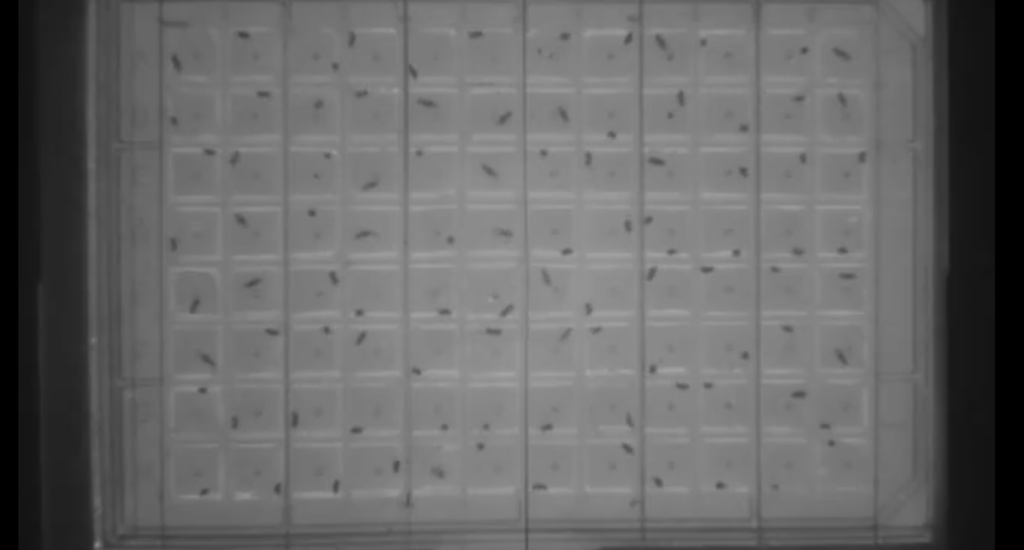17 June 2019

A new review in the Open Access journal Marine Drugs - Towards High-Throughput Chemobehavioural Phenomics in Neuropshychiatric Drug Discovery - highlights the need for effective high-throughput behavioural screening models which can test the impact of new chemicals on central and peripheral nervous systems. The review - by Jason Henry and Donald Wlodkowic from the Phenomics Laboratory, School of Science, RMIT University, Melbourne - identifies four manufacturers, ViewPoint, Noldus, Phylumtech, Zantiks, that provide off-the-shelf equipment for basic neuro-behavioural analysis and calls for more applications designed for studies of high-level neurological functions such as associative learning or 3D tracking of small rapidly moving animals. The reviewers also suggest that systems should focus on solutions that can be used across different model species, e.g. zebrafish, fruit fly, planarians.
Zantiks produces units that can be used across different species, including zebrafish, fruit-fly (Drosophila), Daphnia, Gammarus, spiders, mice, rats, Xenopus, killifish. The fully integrated units are all set up similarly - with a computer, software, camera and built-in stimuli - and come in a variety of versions which are scaled and adapted (with suitable built-in stimuli) to the requirements of the animals they are monitoring. Their compact size, affordability and ease of use enable labs to multi-purchase units and scale up their studies easily.
Larval zebrafish, Drosophila and Daphnia can be monitored in up to 96 well plates in the MWP unit. Combined with their compact size and affordability, the MWPs are suitable for high-throughput studies on circadian rhythm, spatial alternation (Y-maze), startle response, habituation and prepulse inhibition. In one version a screen can be used to display location specific light and images, for example for prey-predator response studies, while in the other version a built-in motor delivers controllable vibrations.
The AD unit has overhead lights and uses the built-in motor to enable automated solid and liquid reward delivery, while a bottom or side screen can provide light and / or images facilitating object recognition studies. Mild shocking plates are available for fish, and the tank can be divided into arenas for up to four singly-housed fish. Accordingly the AD unit can automate associative learning such as operant and classic conditioning for both fish and mice.
Contact info@zantiks.com for more information on the variety of species that can be monitored in the Zantiks units and how any particular learning and memory experiments can be automated.

